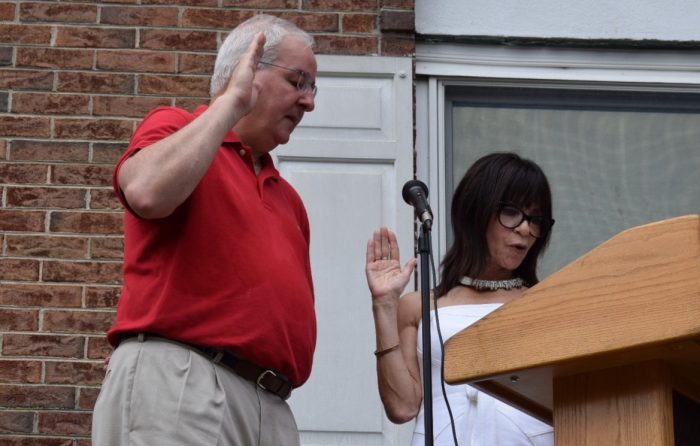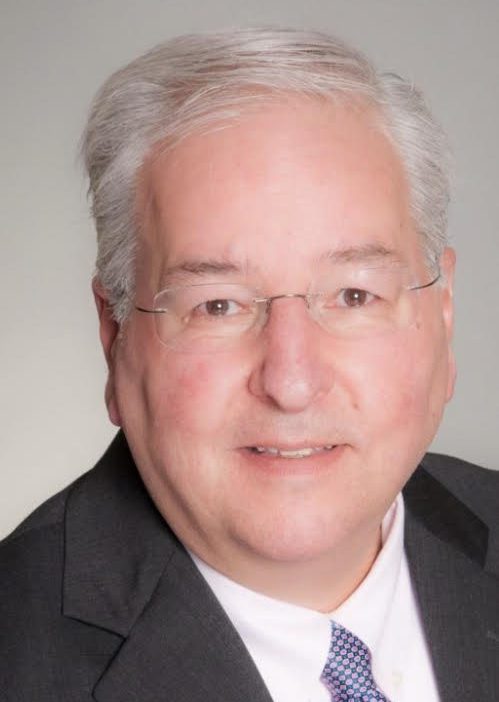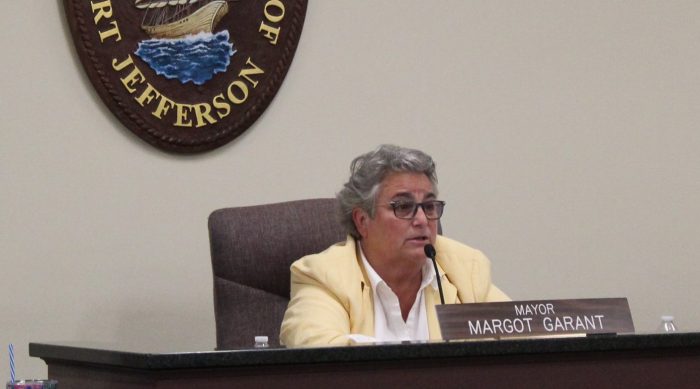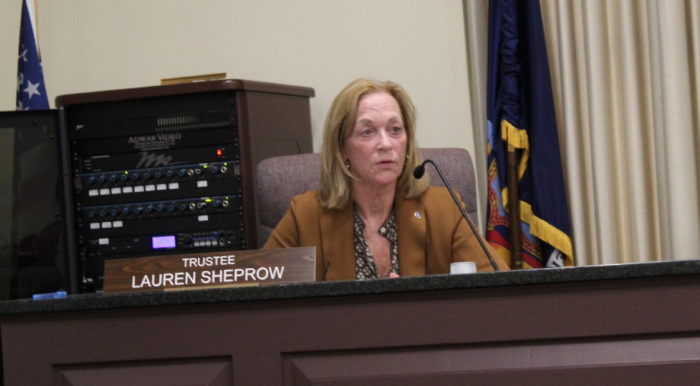The Town of Brookhaven’s Community Choice Aggregation program has drawn opposition within the Town Board.
Brookhaven launched the CCA program in May, pitching the initiative as a way to stabilize energy rates on natural gas and help residents save money.
Through a two-year partnership with Manhattan-based CCA administrator Good Energy, all natural gas customers were automatically opted into the CCA, receiving natural gas at the fixed rate of $0.695 per therm.
The partnership allows residents to opt-out free of charge at any time, choosing the default energy supply from National Grid, which fluctuates monthly. This month, National Grid is offering natural gas at $0.278 per them, according to its website.
Now the promise of cheaper gas has met with scrutiny from Councilmember Jonathan Kornreich (D-Stony Brook), who is urging customers to opt out of the program.
“The [National Grid] price has been going down every single month and, of course, the CCA rate continues to hold steady for two years,” Kornreich told TBR News Media. “You’re paying well more than double [the rate] at this point if you’re still opted in.”
National Grid’s “recent supply rates” have been $0.32 per therm or less since the CCA’s launch in May, according to a chart on the town’s website. Meanwhile, 90% of Brookhaven’s natural gas customers remain opted in, according to Doug Donaldson, media representative for Good Energy.
Despite the higher costs, Donaldson maintained that CCA offers a discount when assessed over a 12-month interval.
“The customer would have to study each month’s rate and know the billing cycle, and then change according to the rates to be able to get the lowest rates,” he said in a phone interview.
“But if they stick within the CCA program, they’ll know that over a 12-month period they’ll get a historically lower rate.”
The town’s CCA landing page — brookhavencommunityenergy.com — enables residents to opt in or out of the program. The page mentions “competitive pricing” as one of the program’s goals.
“Brookhaven Community Energy aims to produce savings for customers compared to basic utility rates,” the webpage reads.
Kornreich indicates that his proposed rate-switching method — opting into the cheapest energy supplier for a given month — better accords with the program’s stated aims.
“I think the way to really create savings is to opt out of [the CCA] for now and to opt in when it makes sense to do so,” he said.
Donaldson noted that natural gas rates tend to be lower in the summer and higher in the winter. For this reason, he suggested there is a certain degree of accountability on ratepayers to monitor their energy bills and choose accordingly.
“The program offers a very easy way through the website to opt in or out,” he said. “It offers that flexibility, but it is on the customer to keep track of the rates.”
Asked whether he would advise customers to opt out during these summer months, during which the National Grid price is lower, Donaldson referred to the CCA as a “no worry” option for ratepayers.
“I sort of think it’s like a no-worry situation if you stay in it,” the Good Energy media representative said. “When the winter months come, you don’t have to worry whether you’ve switched over or about getting a super-large energy bill.”
“I think the convenience of it is worth the price difference, easily,” he added.
Given the gradual changes in National Grid’s supply rates month to month, Kornreich said customers would likely be switching just a few times a year.
“This is not something that you need to be opting in and out of every month,” the councilmember said. The price “doesn’t change that fast.”
While the National Grid rate remains lower than that of Good Energy, Deputy Supervisor Dan Panico (R-Manorville) concurred with Kornreich’s assessment of the situation.
“We encourage residents to check the price and opt in and out to their maximum benefit … to get the best rates that they can,” he said. “That’s the beauty of the program, that you can opt in and out. And I’m working with Jonathan to make sure that we get that message out.”
Kornreich stressed the matter of choice in consuming utility power, maintaining that residents must stay educated on the cost differences between National Grid and Good Energy and choose the lower rate.
“Ninety percent of people are currently paying more than they need to,” he said. “The question is: Do they not care and maybe have confidence that over the long run [CCA] will work for them? Or do they simply not know?”
He concluded, “I don’t know what that mix is, but we have to make sure that our consumers and residents are informed.”





















